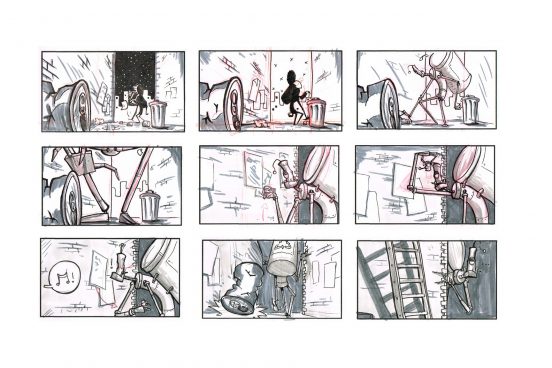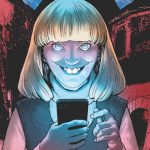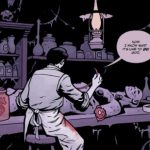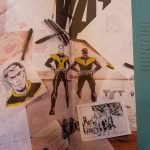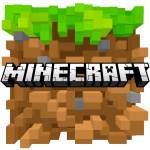When a reporter asked Will Eisner what he thought the definition of “comics” should be, the acclaimed graphic novelist replied quite simply, “sequential art.” The ability to develop meaning through the sequential comparison of images is, indeed, the defining mechanism of the comic medium. As a result, storyboarding or deciding which images will tell your story and in what sequence, is perhaps the most crucial stage in a comic’s design.
This week, I took my character sketches and the rough draft of my script, and began combining them into a storyboard. It was an exciting experience. For the first time, my comic was coming to life–its vague form taking shape before my eyes! As Gibbons and Piltcher write on this stage in the design process,
This is . . . where the magic happens! Separately, words and images can tell a story, but when you bring them together in certain combinations, that’s when comics really start to happen. (55)
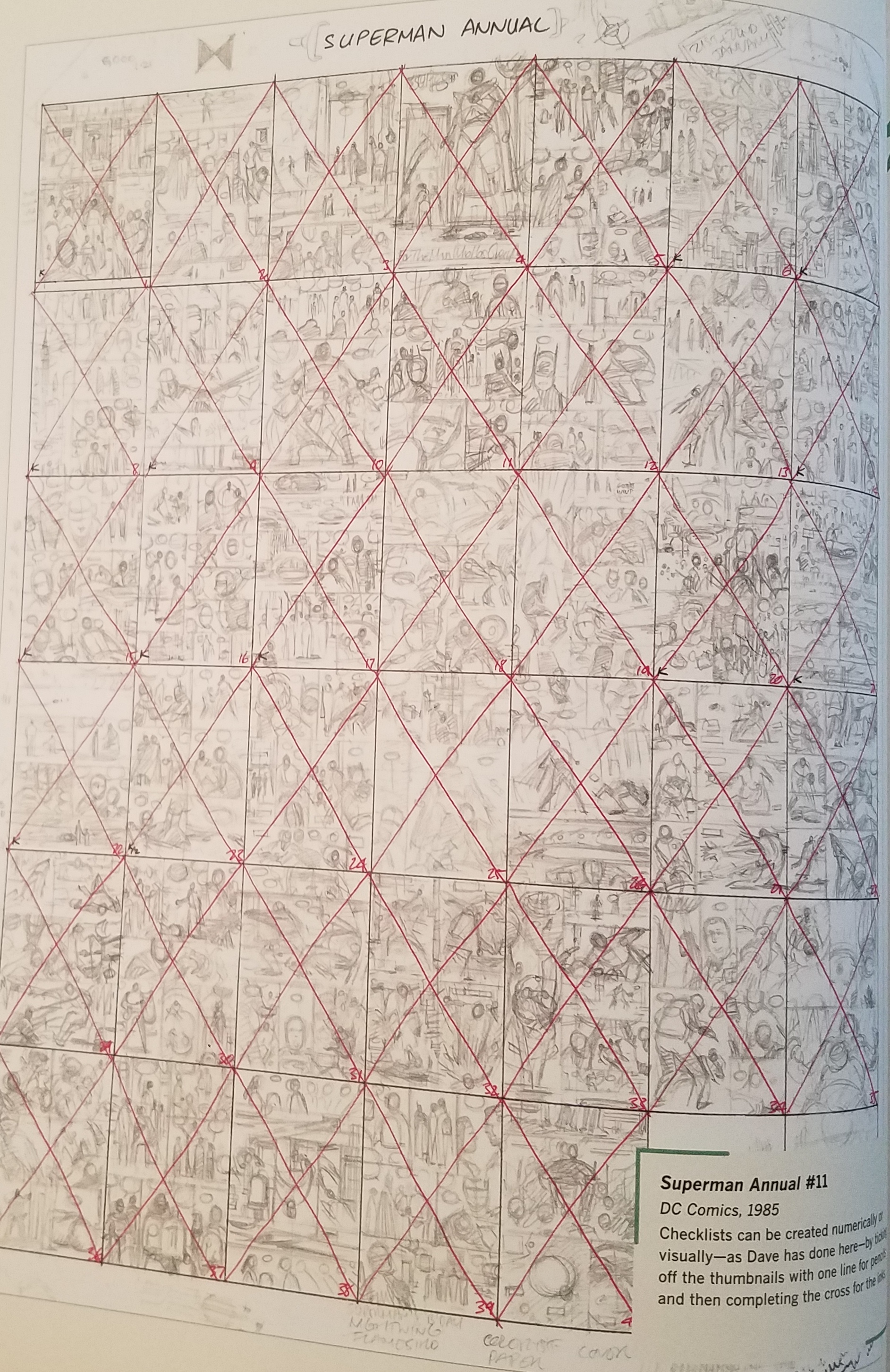 In their chapter on “Sequential Storytelling,” Gibbons and Piltcher reveal both traditional hand drawn and digital methods of designing a comic page, from “interpreting scripts, drawing out thumbnails and roughs, and designing page layouts, through the pencils and inking stages, and then, finally, preparing for printing” (55). Gibbons and Piltcher make four key recommendations for the storyboard process:
In their chapter on “Sequential Storytelling,” Gibbons and Piltcher reveal both traditional hand drawn and digital methods of designing a comic page, from “interpreting scripts, drawing out thumbnails and roughs, and designing page layouts, through the pencils and inking stages, and then, finally, preparing for printing” (55). Gibbons and Piltcher make four key recommendations for the storyboard process:
- Start small–work with thumbnails and low stakes drawings of your future panels, so its easier to discard or combine images.
- Work large–gradually build to more complex renderings of your panels.
- Maintain variety–panels should be diverse to encourage visual interest. For instance, varying the size, shape, order, or visual “hotspots” of a layout is key to maintaining a comic’s appeal.
- Serve the Action–panels should, first and foremost, communicate the sequence of your story’s events. While artistic flare can be interesting, your #1 goal as a designer is to communicate your story clearly.
Keeping these four suggestions in mind, I designed my own rough storyboard. Take a look: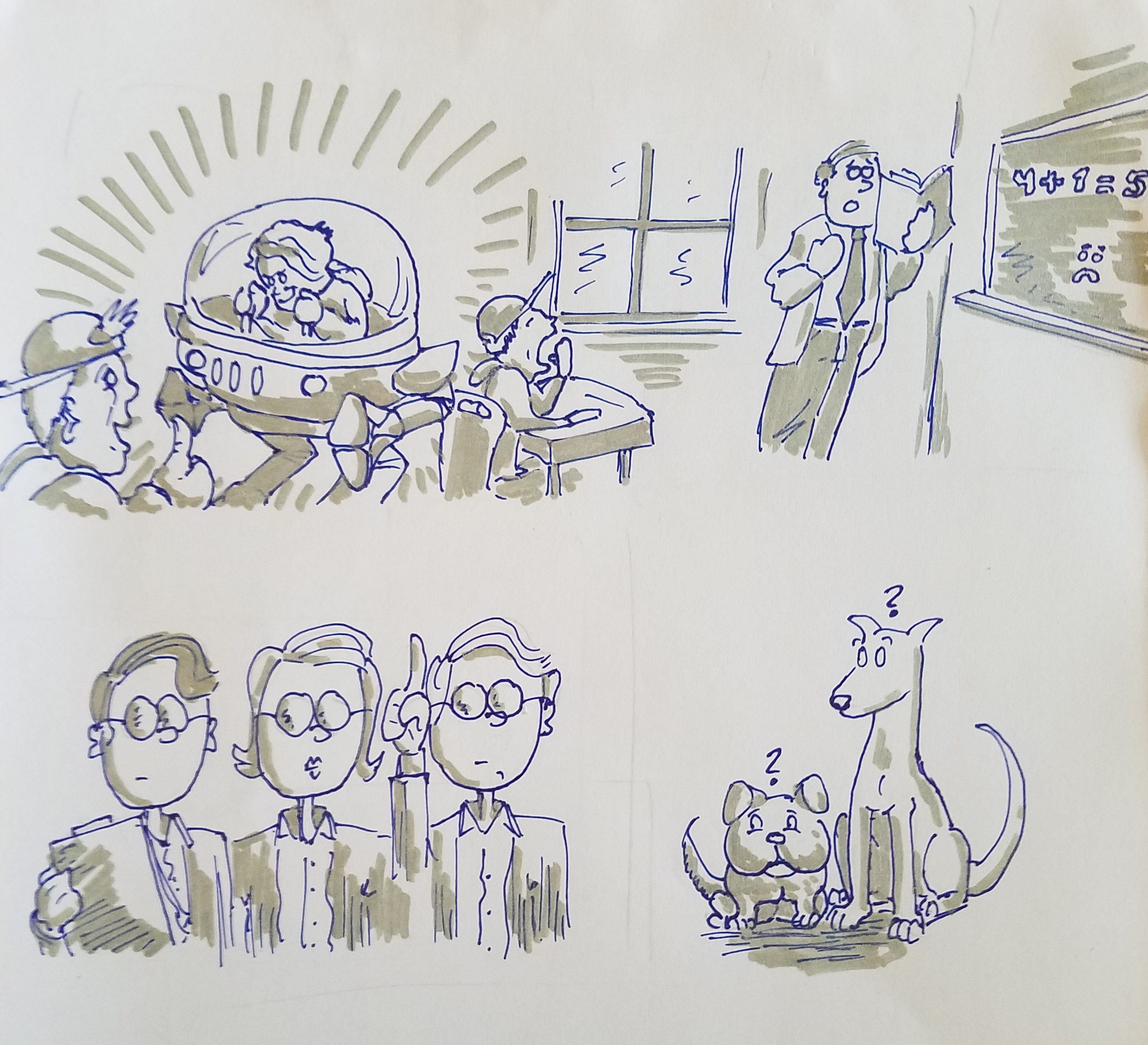
Next week, I’ll throw all these pieces of my comic puzzle together and see how it all fits! Stay tuned for a clean draft of my comic, rendered through Comic Life 3.
